Home>Gardening & Outdoor>Landscaping Ideas>Why Does My Grass Look White
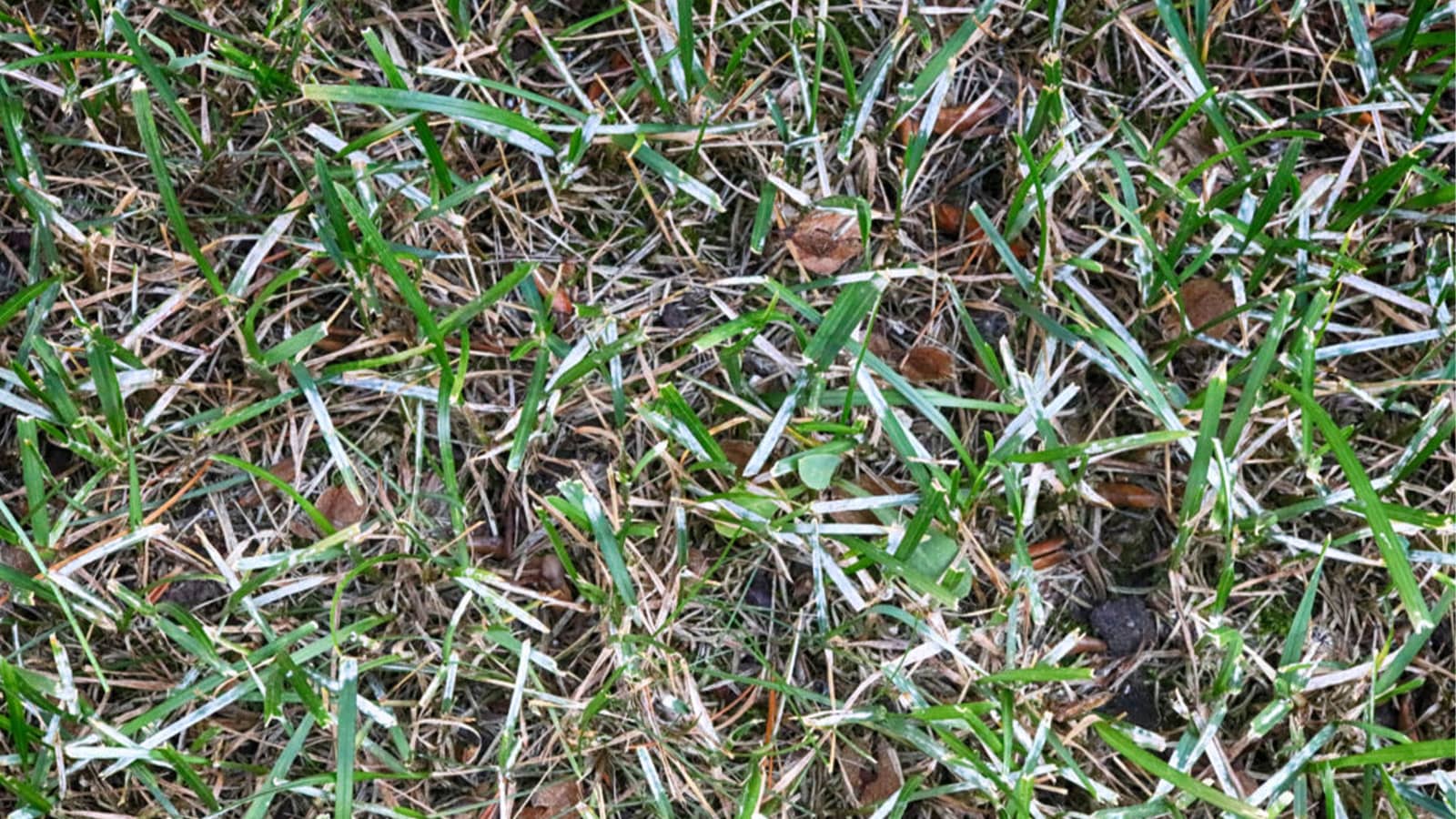

Landscaping Ideas
Why Does My Grass Look White
Modified: August 16, 2024
Discover effective landscaping ideas to address white grass in your yard. Learn how to revive your lawn and maintain a lush, green appearance.
(Many of the links in this article redirect to a specific reviewed product. Your purchase of these products through affiliate links helps to generate commission for Storables.com, at no extra cost. Learn more)
Introduction
Have you ever gazed out at your lawn, only to be puzzled by the sight of patches of white grass? It's a common concern for many homeowners and can be quite perplexing. White grass can detract from the lush green expanse you envision for your outdoor space, and it's essential to understand the underlying causes to restore your lawn to its vibrant state.
In this comprehensive guide, we'll delve into the various factors that can lead to white grass, ranging from environmental influences to fungal diseases, insect infestations, and nutrient deficiencies. By unraveling the mysteries behind this phenomenon, you'll gain valuable insights into how to address and prevent the occurrence of white grass in your lawn.
So, let's embark on this enlightening journey to uncover the reasons behind the enigmatic white patches on your grass and explore effective solutions to rejuvenate your lawn's verdant allure.
Key Takeaways:
- 1. White grass can be caused by environmental factors, fungal diseases, insect infestations, and nutrient deficiencies. Understanding these factors is crucial for restoring your lawn’s vibrant green appearance.
- 2. To combat white grass, implement targeted solutions such as environmental management, fungal disease control, insect management, and nutrient fortification. By harmonizing your lawn care practices, you can rejuvenate your lawn and shield it from the disconcerting sight of white patches.
Read more: Why Does My Grass Have White Powder On It
Causes of White Grass
When confronted with the disconcerting sight of white grass, it’s crucial to discern the root causes behind this perplexing phenomenon. The discoloration of your once-lush lawn may stem from a myriad of factors, encompassing environmental influences, fungal diseases, insect infestations, and nutrient deficiencies. Let’s unravel the diverse factors that can contribute to the emergence of white grass, shedding light on the underlying culprits responsible for this disconcerting sight.
- Environmental Factors: The natural environment in which your lawn thrives can play a pivotal role in inducing white patches on the grass. Factors such as extreme heat, prolonged drought, or excessive moisture can lead to stress and discoloration, manifesting as white patches across the lawn.
- Fungal Diseases: Certain fungal infections, such as powdery mildew and dollar spot, can cause the grass to exhibit a white, powdery appearance. These diseases thrive in specific environmental conditions and can swiftly spread, necessitating prompt intervention to curb their progression.
- Insect Infestations: Invasive insects, including chinch bugs and white grubs, can wreak havoc on your lawn, resulting in patches of white, withered grass. These voracious pests feed on the grass roots, impeding the uptake of essential nutrients and moisture, ultimately leading to the manifestation of white, unhealthy turf.
- Nutrient Deficiencies: A lack of vital nutrients, notably nitrogen, can manifest as white or pale grass. Insufficient nourishment can impede the grass’s ability to maintain its lush green hue, culminating in a lackluster, white-tinged appearance across the lawn.
By comprehending the diverse factors that can give rise to white grass, you’ll be empowered to identify the specific underlying cause in your lawn, paving the way for targeted interventions to restore its vitality and aesthetic appeal.
Environmental Factors
Environmental factors exert a profound influence on the health and appearance of your lawn, and they can precipitate the emergence of white patches on the grass. Understanding the impact of environmental stressors is pivotal in mitigating their effects and fostering a resilient, vibrant lawn.
Extreme weather conditions, such as scorching heatwaves or prolonged drought, can exact a toll on your lawn, leading to the manifestation of white grass patches. When subjected to intense heat and inadequate moisture, grass can experience stress, causing it to exhibit a pale, lackluster appearance. Additionally, excessive moisture, often stemming from overwatering or poor drainage, can create an environment conducive to fungal growth, resulting in the development of white, powdery patches on the grass.
To mitigate the impact of environmental factors on your lawn, implementing strategic measures is paramount. Adequate irrigation practices, tailored to the specific needs of your grass species, can help maintain optimal soil moisture levels and thwart the onset of white patches. Moreover, ensuring proper aeration and drainage can bolster the lawn’s resilience, averting the detrimental effects of waterlogged soil and fostering a healthy, verdant expanse.
Embracing environmentally conscious lawn care practices, such as mowing at the appropriate height and refraining from overfertilization, can fortify your lawn against environmental stressors, reducing the likelihood of white grass patches. By harmonizing your lawn care regimen with the natural dynamics of your local environment, you can cultivate a thriving, resilient lawn that resists the onset of white patches, ensuring a captivating expanse of lush, green grass.
By recognizing the pivotal role of environmental factors in influencing the appearance of your lawn, you can adopt proactive measures to fortify your grass against these challenges, preserving its vibrant allure and shielding it from the disconcerting sight of white patches.
Fungal Diseases
Amid the myriad challenges that can afflict your lawn, fungal diseases stand out as prominent culprits behind the manifestation of white patches on the grass. These insidious infections can swiftly encroach upon your lawn, imparting a powdery, white appearance to the grass and undermining its vitality. Understanding the distinct fungal diseases that can induce white grass is pivotal in orchestrating targeted interventions to thwart their progression and restore your lawn’s resplendent allure.
One prevalent fungal malady that can give rise to white grass patches is powdery mildew. This affliction, caused by various fungal species, manifests as a powdery, white coating on the grass blades, imparting a withered, lackluster appearance to the turf. Powdery mildew thrives in humid, stagnant conditions, proliferating swiftly and engulfing sizable swathes of the lawn if left unchecked.
Additionally, the emergence of dollar spot disease can contribute to the manifestation of white patches on the grass. This fungal infection, characterized by the formation of small, white lesions on the grass blades, can rapidly spread across the lawn, imparting a disconcerting pallor to the once-lush turf. Dollar spot disease thrives in environments marked by high humidity and inadequate air circulation, necessitating prompt intervention to curtail its progression.
To combat fungal diseases and mitigate their impact on your lawn, implementing targeted control measures is imperative. Fostering optimal air circulation through strategic lawn maintenance practices, such as regular aeration and prudent spacing of grass species, can impede the proliferation of fungal infections, reducing the likelihood of white grass patches. Moreover, adopting judicious irrigation practices, aimed at maintaining balanced soil moisture levels, can thwart the onset and spread of fungal diseases, safeguarding your lawn’s verdant splendor.
By cultivating a nuanced understanding of the diverse fungal diseases that can precipitate white grass patches, you can fortify your lawn against these insidious afflictions, preserving its lush, vibrant expanse and shielding it from the dismaying sight of withered, white-tinged turf.
Insect Infestations
Amid the myriad perils that can beset your lawn, invasive insect infestations loom as formidable adversaries capable of inducing white patches on the grass. These voracious pests, including chinch bugs and white grubs, can wreak havoc on your once-lush turf, impeding its vigor and vitality. Understanding the pernicious impact of insect infestations is pivotal in orchestrating targeted interventions to curtail their proliferation and restore your lawn’s resplendent allure.
Chinch bugs, notorious for their insidious feeding habits, can inflict substantial damage to the grass, resulting in the manifestation of white, withered patches across the lawn. These diminutive pests pierce the grass blades with their piercing-sucking mouthparts, siphoning vital nutrients and moisture from the grass, ultimately leading to its decline and the emergence of disconcerting white patches.
Furthermore, the presence of white grubs in the soil can precipitate the onset of white patches on the grass. These voracious larvae, often the progeny of various beetle species, voraciously feed on the grass roots, impeding the uptake of essential nutrients and moisture. As a consequence, the affected grass exhibits a lackluster, white-tinged appearance, signaling the deleterious impact of white grub infestations.
To combat insect infestations and mitigate their impact on your lawn, implementing targeted control measures is imperative. Embracing vigilant monitoring practices to detect early signs of infestation empowers you to intervene promptly, curbing the proliferation of pests and averting extensive damage to the grass. Additionally, deploying environmentally conscious pest control strategies, such as the application of beneficial nematodes or targeted insecticides, can effectively mitigate insect infestations, safeguarding your lawn’s verdant splendor.
By cultivating a nuanced understanding of the perils posed by invasive insect infestations, you can fortify your lawn against these formidable adversaries, preserving its lush, vibrant expanse and shielding it from the dismaying sight of withered, white-tinged turf.
Read more: Why Does My Alexa Have A White Ring
Nutrient Deficiencies
Amid the intricate tapestry of factors that can influence the health and appearance of your lawn, nutrient deficiencies stand out as pivotal determinants that can precipitate the manifestation of white patches on the grass. The absence of vital nutrients, notably nitrogen, can impede the grass’s ability to maintain its lush green hue, culminating in a lackluster, white-tinged appearance across the lawn. Understanding the nuanced interplay of nutrients and their impact on the grass is instrumental in orchestrating targeted interventions to fortify your lawn against the onset of white patches.
Nitrogen, a fundamental component in the synthesis of chlorophyll and the facilitation of essential metabolic processes, plays a pivotal role in sustaining the vibrant green coloration of the grass. A dearth of this vital nutrient can precipitate the emergence of white or pale grass, signaling the deleterious effects of nutrient deficiencies on the lawn’s vitality and aesthetic appeal.
Moreover, the absence of other essential nutrients, including phosphorus, potassium, and iron, can engender a pallid, lackluster appearance in the grass, contributing to the manifestation of white patches. These vital nutrients orchestrate a symphony of biochemical processes within the grass, fostering robust growth and vibrant coloration. Their scarcity can manifest as white-tinged patches, indicative of the grass’s compromised vigor and resilience.
To address nutrient deficiencies and rejuvenate your lawn’s verdant allure, adopting targeted nutrient management strategies is imperative. Conducting comprehensive soil tests to assess the nutrient composition of the soil empowers you to formulate tailored fertilization regimens, rectifying deficiencies and fortifying the grass against the onset of white patches. Additionally, embracing judicious fertilization practices, calibrated to the specific needs of your grass species, can sustain optimal nutrient levels, nurturing a vibrant, emerald expanse devoid of disconcerting white patches.
By cultivating a nuanced understanding of the pivotal role of nutrients in sustaining the grass’s resplendent hue, you can fortify your lawn against the deleterious effects of nutrient deficiencies, preserving its lush, vibrant expanse and shielding it from the dismaying sight of white-tinged turf.
Solutions for White Grass
Confronted with the dismaying sight of white patches marring your once-lush lawn, embarking on a strategic course of action to rectify this perplexing phenomenon is paramount. By embracing targeted solutions tailored to the underlying causes of white grass, you can rejuvenate your lawn’s verdant allure and shield it from the disconcerting pallor that detracts from its aesthetic appeal. Let’s explore a comprehensive array of solutions, ranging from environmental management to fungal disease control, insect management, and nutrient fortification, to restore your lawn to its resplendent state.
Environmental Management
Harmonizing your lawn care practices with the natural dynamics of your local environment is pivotal in mitigating the impact of environmental stressors and fortifying your grass against the onset of white patches. Implementing prudent irrigation practices, tailored to the specific needs of your grass species, can maintain optimal soil moisture levels and thwart the emergence of white patches. Additionally, fostering adequate air circulation through strategic lawn maintenance practices, such as regular aeration, can impede the proliferation of fungal diseases, reducing the likelihood of white grass patches.
Fungal Disease Control
To combat the insidious threat posed by fungal diseases, such as powdery mildew and dollar spot, deploying targeted control measures is imperative. Embracing vigilant monitoring practices to detect early signs of fungal infections empowers you to intervene promptly, curbing their progression and preserving the grass’s vitality. Additionally, implementing environmentally conscious fungicidal treatments can effectively mitigate fungal diseases, safeguarding your lawn’s resplendent allure.
Read more: Why Does My Grass Feel Spongy
Insect Control
Confronting the perils posed by invasive insect infestations necessitates strategic interventions to fortify your lawn against their deleterious effects. Vigilant monitoring for signs of infestation enables you to detect and address pest incursions promptly, curbing their proliferation and averting extensive damage to the grass. Furthermore, deploying environmentally conscious pest control strategies, such as the application of beneficial nematodes or targeted insecticides, can effectively mitigate insect infestations, preserving your lawn’s vibrant expanse.
Nutrient Management
To rectify nutrient deficiencies and revitalize your lawn’s verdant allure, conducting comprehensive soil tests is instrumental in assessing the nutrient composition of the soil. Formulating tailored fertilization regimens, calibrated to rectify deficiencies and fortify the grass against the onset of white patches, can rejuvenate your lawn’s resplendent hue. Embracing judicious fertilization practices, aligned with the specific needs of your grass species, sustains optimal nutrient levels, nurturing a vibrant, emerald expanse devoid of disconcerting white patches.
By embracing these targeted solutions, tailored to the diverse factors that can induce white grass, you can restore your lawn to its lush, vibrant state, shielding it from the dismaying sight of white patches and fostering a captivating expanse of resplendent, green turf.
Environmental Management
Environmental management plays a pivotal role in preserving the health and vitality of your lawn, mitigating the impact of stressors, and fortifying the grass against the onset of white patches. By harmonizing your lawn care practices with the natural dynamics of your local environment, you can cultivate a resilient, vibrant lawn that resists the disconcerting sight of withered, white-tinged turf.
Prudent irrigation practices tailored to the specific needs of your grass species are instrumental in maintaining optimal soil moisture levels and thwarting the emergence of white patches. Overwatering can create an environment conducive to fungal growth, leading to the manifestation of white, powdery patches on the grass. Conversely, inadequate moisture stemming from drought conditions can induce stress, causing the grass to exhibit a lackluster, white-tinged appearance. By calibrating your irrigation regimen to the precise requirements of your lawn, you can avert the detrimental effects of excessive moisture or drought, preserving the grass’s resplendent allure.
Additionally, fostering adequate air circulation through strategic lawn maintenance practices, such as regular aeration, can impede the proliferation of fungal diseases, reducing the likelihood of white grass patches. Aerating the soil alleviates compaction, facilitating the exchange of gases and the absorption of essential nutrients by the grass roots. This fosters a robust, resilient lawn that withstands environmental stressors, preserving its vibrant green hue and shielding it from the dismaying sight of white patches.
Embracing environmentally conscious lawn care practices, such as mowing at the appropriate height and refraining from overfertilization, can fortify your lawn against environmental stressors, reducing the likelihood of white grass patches. Mowing at the optimal height for your grass species maintains its vigor and resilience, shielding it from the deleterious effects of stress. Furthermore, refraining from overfertilization mitigates the risk of nutrient imbalances and environmental stress, preserving the grass’s lush, vibrant expanse.
By aligning your lawn care practices with the natural dynamics of your local environment, you can fortify your grass against the onset of white patches, preserving its resplendent allure and fostering a captivating expanse of lush, green turf.
White grass can be a sign of a fungal disease called powdery mildew. To treat it, try improving air circulation, watering in the morning, and using fungicidal sprays if necessary.
Fungal Disease Control
Combatting the insidious threat posed by fungal diseases is pivotal in preserving the vitality and aesthetic appeal of your lawn, thwarting the emergence of white patches and fostering a resilient, vibrant expanse of grass. By deploying targeted control measures, you can curtail the progression of fungal infections, shielding your lawn from the disconcerting pallor that detracts from its allure.
Vigilant monitoring for early signs of fungal infections empowers you to intervene promptly, curbing their progression and preserving the grass’s vitality. Regular inspections of the lawn enable you to detect the telltale symptoms of fungal diseases, such as powdery mildew or dollar spot, prompting timely intervention to avert extensive damage.
Additionally, implementing environmentally conscious fungicidal treatments can effectively mitigate fungal diseases, safeguarding your lawn’s resplendent allure. Selecting fungicides tailored to the specific fungal species afflicting your lawn enables precise, targeted control, curbing the proliferation of infections and preserving the grass’s vibrant hue. Embracing judicious application practices, calibrated to minimize environmental impact and maximize efficacy, fortifies your lawn against the dismaying onset of white patches.
Fostering optimal air circulation through strategic lawn maintenance practices, such as regular aeration and prudent spacing of grass species, can impede the proliferation of fungal diseases, reducing the likelihood of white grass patches. Aerating the soil alleviates compaction, fostering a robust, resilient lawn that withstands the incursion of fungal infections and preserves its lush, vibrant expanse.
By cultivating a nuanced understanding of the diverse fungal diseases that can precipitate white grass, and embracing targeted control measures, you can fortify your lawn against these insidious afflictions, preserving its resplendent allure and shielding it from the dismaying sight of withered, white-tinged turf.
Read more: Why Does My Puppy Eat Dirt And Grass
Insect Control
Confronting the perils posed by invasive insect infestations is crucial in preserving the health and aesthetic appeal of your lawn, fortifying it against the onset of white patches and fostering a resilient, vibrant expanse of grass. By deploying targeted control measures, you can curtail the proliferation of pests and shield your lawn from the deleterious effects of invasive insect infestations.
Vigilant monitoring for signs of infestation enables you to detect and address pest incursions promptly, curbing their proliferation and averting extensive damage to the grass. Regular inspections of the lawn empower you to identify the telltale symptoms of invasive insects, such as chinch bugs or white grubs, prompting timely intervention to safeguard the lawn’s vitality.
Furthermore, deploying environmentally conscious pest control strategies, such as the application of beneficial nematodes or targeted insecticides, can effectively mitigate insect infestations, preserving your lawn’s resplendent allure. Selecting control measures tailored to the specific pests afflicting your lawn enables precise, targeted intervention, curbing the proliferation of infestations and shielding the grass from the disconcerting onset of white patches.
Fostering optimal soil health through comprehensive lawn care practices, such as tailored fertilization and prudent irrigation, fortifies your lawn against the deleterious effects of invasive insect infestations. Nourishing the grass with balanced fertilization and maintaining optimal soil moisture levels fosters a robust, resilient lawn that withstands the incursion of pests and preserves its lush, vibrant expanse.
By cultivating a nuanced understanding of the perils posed by invasive insect infestations and embracing targeted control measures, you can fortify your lawn against these formidable adversaries, preserving its resplendent allure and shielding it from the dismaying sight of withered, white-tinged turf.
Nutrient Management
Rectifying nutrient deficiencies and fortifying your lawn against the onset of white patches necessitates a strategic approach to nutrient management, fostering a vibrant, resilient expanse of grass that captivates with its lush green hue. By embracing targeted solutions tailored to the specific nutrient needs of your lawn, you can rejuvenate its vitality and shield it from the disconcerting pallor that detracts from its aesthetic appeal.
Conducting comprehensive soil tests is instrumental in assessing the nutrient composition of the soil, empowering you to formulate tailored fertilization regimens that rectify deficiencies and fortify the grass against the onset of white patches. By calibrating your fertilization practices to the precise requirements of your lawn, you nurture a vibrant, emerald expanse devoid of disconcerting white patches, preserving its resplendent allure.
Embracing judicious fertilization practices, aligned with the specific needs of your grass species, sustains optimal nutrient levels, nurturing a robust, resilient lawn that withstands the deleterious effects of nutrient deficiencies. By fortifying the grass with balanced fertilization, you shield it from the dismaying onset of white patches, preserving its lush, vibrant expanse.
Fostering optimal soil health through comprehensive lawn care practices, such as prudent irrigation and strategic aeration, fortifies your lawn against the impact of nutrient deficiencies. Maintaining balanced soil moisture levels and alleviating compaction through aeration nurtures a resilient, vibrant lawn that resists the onset of white patches, preserving its captivating allure.
By cultivating a nuanced understanding of the pivotal role of nutrients in sustaining the grass’s resplendent hue and embracing targeted nutrient management strategies, you can fortify your lawn against the deleterious effects of nutrient deficiencies, preserving its lush, vibrant expanse and shielding it from the dismaying sight of white-tinged turf.
Conclusion
Embarking on the quest to unravel the enigmatic presence of white patches on your lawn has illuminated the intricate interplay of diverse factors that can influence its health and aesthetic allure. From environmental stressors and fungal diseases to invasive insect infestations and nutrient deficiencies, the emergence of white grass serves as a poignant testament to the myriad perils that can beset your outdoor oasis.
By delving into the multifaceted realm of solutions tailored to the underlying causes of white grass, you have gleaned invaluable insights into orchestrating targeted interventions to rejuvenate your lawn and preserve its resplendent allure. Environmental management, encompassing prudent irrigation practices and strategic lawn maintenance, emerges as a cornerstone of fortifying your grass against the onset of white patches, harmonizing its care with the natural dynamics of the local environment.
Fungal disease control, marked by vigilant monitoring and judicious fungicidal treatments, stands as a formidable bulwark against the insidious encroachment of fungal infections, shielding your lawn from the disconcerting pallor that detracts from its vibrant hue. Insect control, characterized by vigilant monitoring and environmentally conscious pest control strategies, fortifies your lawn against the perils posed by invasive insect infestations, preserving its captivating allure.
Nutrient management, underpinned by comprehensive soil tests and tailored fertilization regimens, emerges as a pivotal determinant in rectifying nutrient deficiencies and fortifying your lawn against the onset of white patches. By nourishing the grass with balanced fertilization and strategic aeration, you cultivate a resilient, vibrant expanse that captivates with its lush green hue.
As you tread the path of lawn care stewardship, armed with a nuanced understanding of the diverse factors that can induce white patches on the grass, you stand poised to curate a captivating expanse of lush, vibrant turf that captivates with its resplendent allure. By embracing targeted solutions and harmonizing your lawn care practices with the natural rhythms of your local environment, you safeguard your lawn against the dismaying sight of white patches, fostering an outdoor oasis that beckons with its verdant splendor.
Frequently Asked Questions about Why Does My Grass Look White
Was this page helpful?
At Storables.com, we guarantee accurate and reliable information. Our content, validated by Expert Board Contributors, is crafted following stringent Editorial Policies. We're committed to providing you with well-researched, expert-backed insights for all your informational needs.

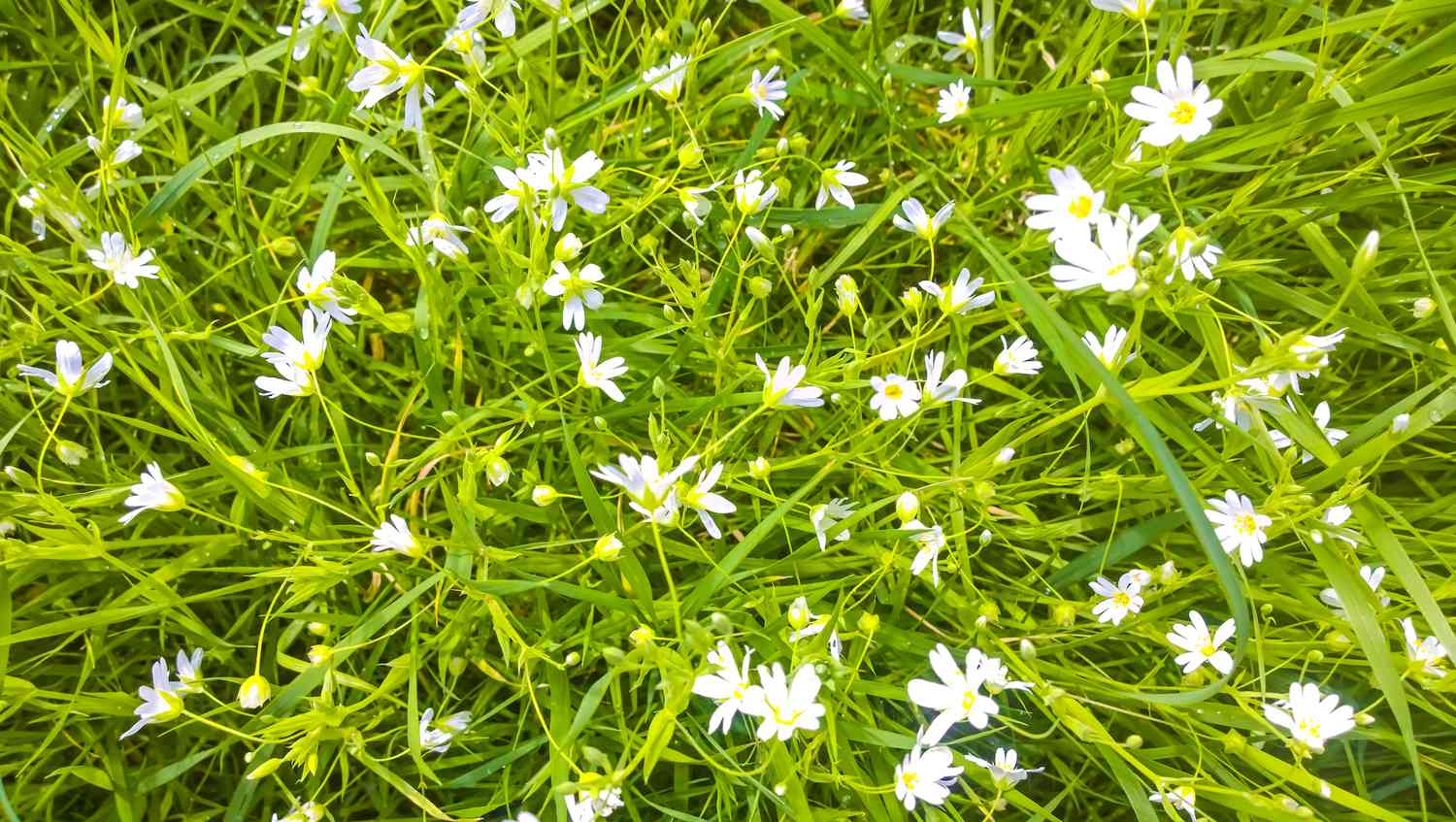



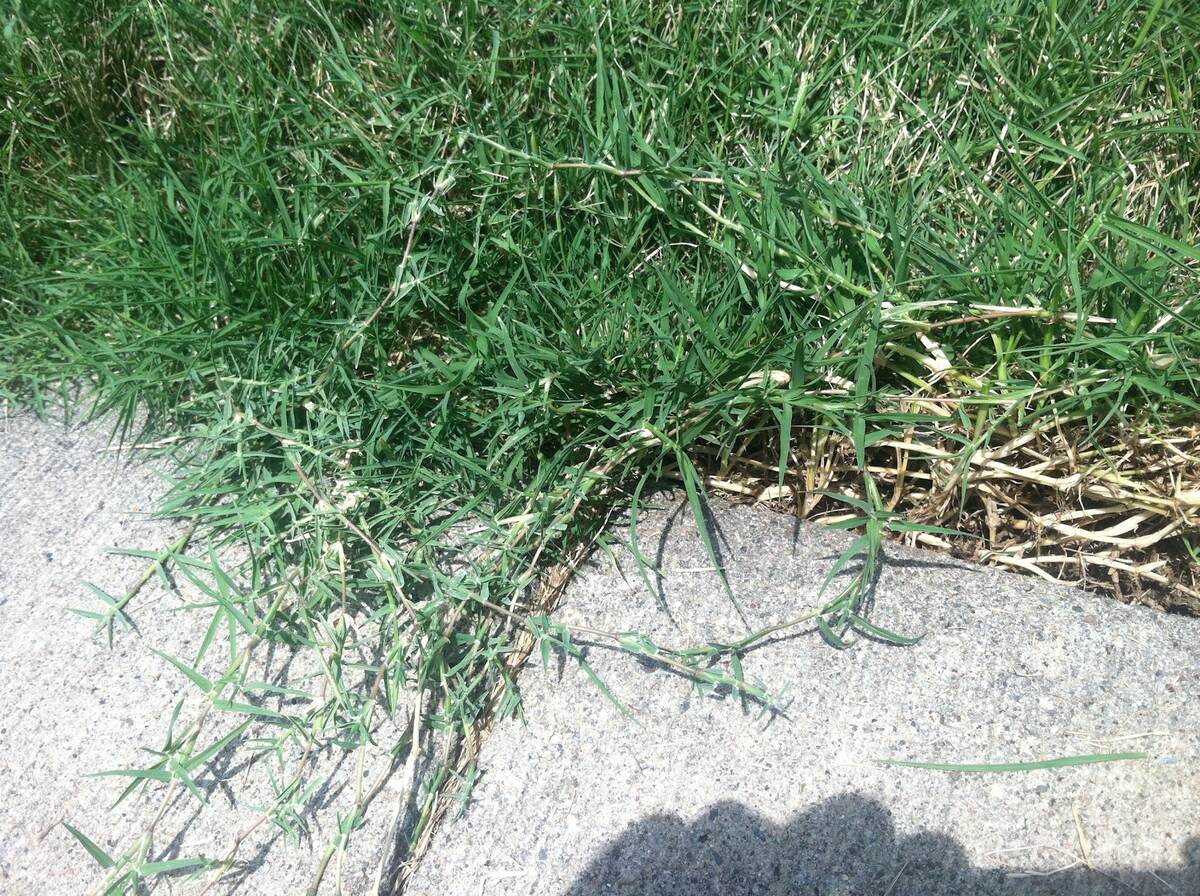




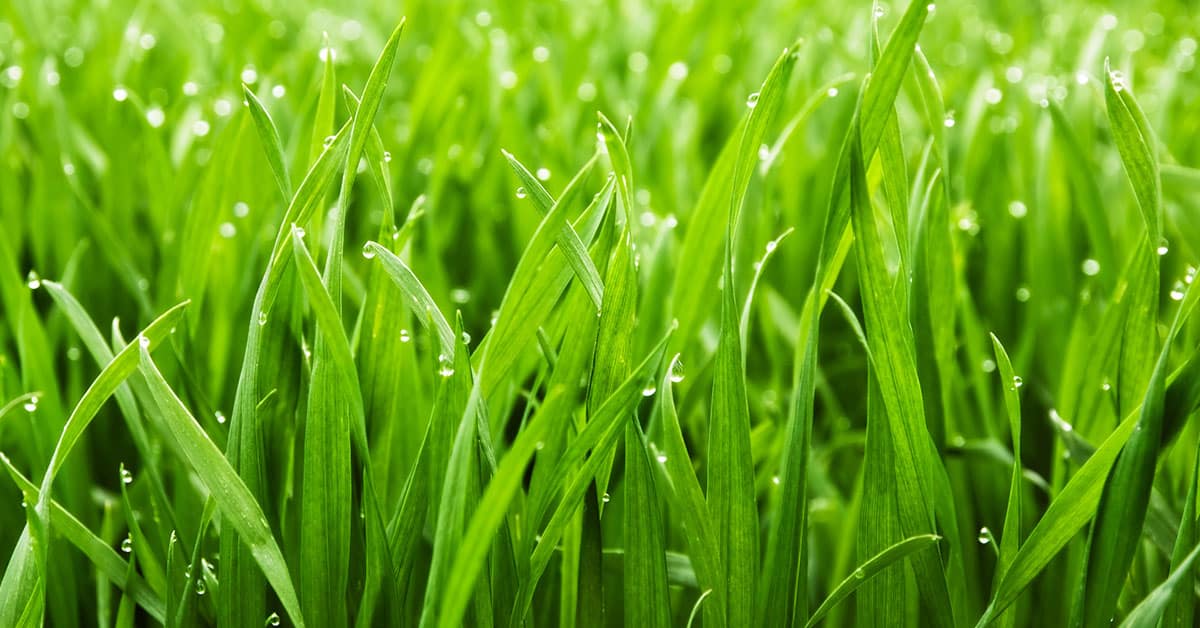
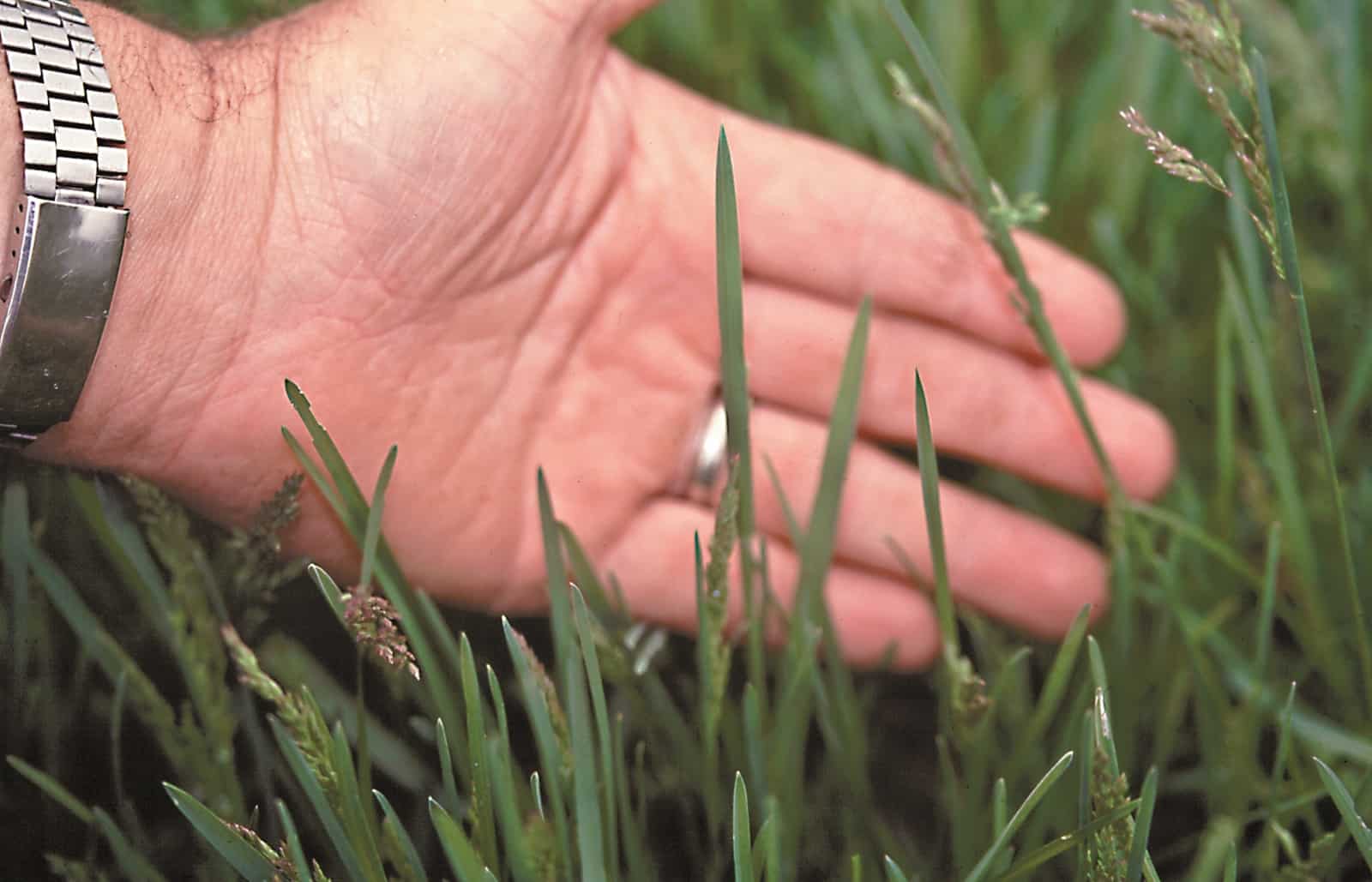

0 thoughts on “Why Does My Grass Look White”